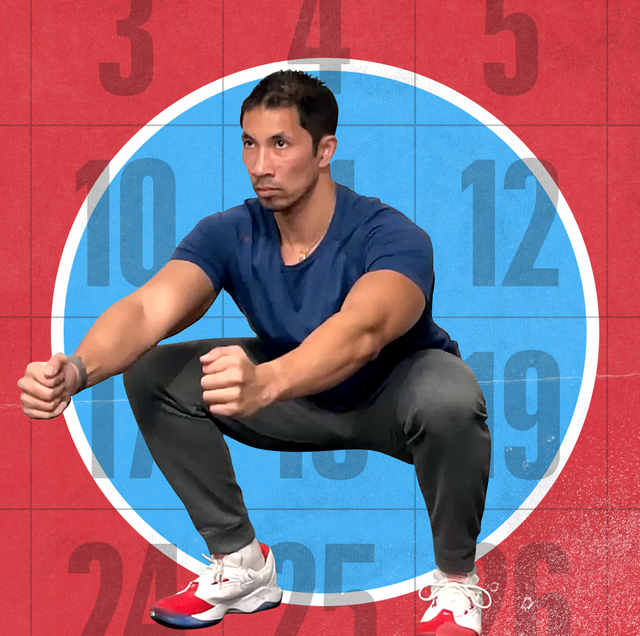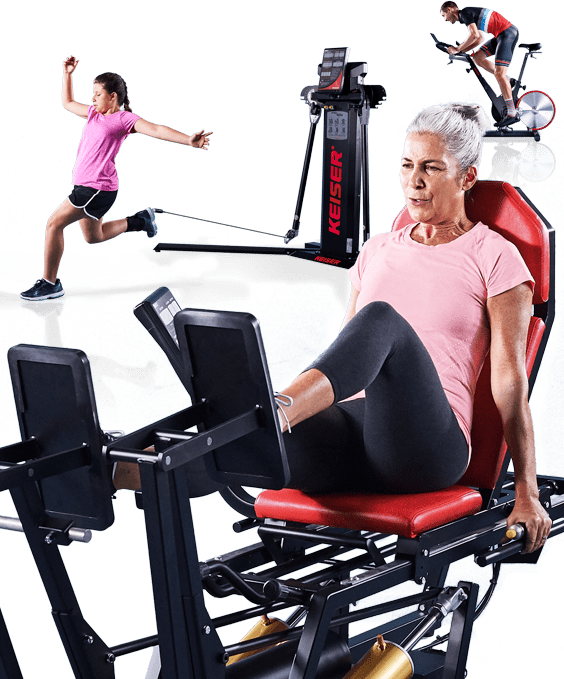
Personal trainers are trained professionals that hold clients accountable, and who help them reach their fitness goals. These professionals place emphasis on progress rather than perfection. A bachelor's degree is usually required for this position. Personal trainers should be able communicate with their clients frequently and provide education to them.
Massachusetts Personal Trainers' Job Outlook
Massachusetts offers many options for personal training, including Boston and Springfield as well as Cambridge and Worcester. You can earn a certificate in personal trainer to work in many settings including universities, government agencies and community organizations. You can also open your own business and manage your own schedule. While this can be time-consuming, you can still have a lot of flexibility. A personal trainer in Massachusetts earns approximately $68,000 annually.
Personal trainers in Massachusetts make a significantly higher salary than those in other states. The average salary for a fitness trainer in Massachusetts was $59,350, according to the U.S. Bureau of Labor Statistics. You can expect to make a higher salary if you are certified. By specializing in one field, you can earn more.

Average salary for personal trainers in Massachusetts
Personal trainer salaries in Massachusetts can vary by location. Barnstable Town, Leominster and Leominster are the most lucrative areas. It does not necessarily mean that all Massachusetts towns are equal. You should also consider your skill level, experience, and location. ZipRecruiter will help you find jobs if this is something you are interested.
Many personal trainers work with professional sports teams in Massachusetts. Boston's Red Sox (Bruins), and Patriots all have personal trainers. They may work with large groups or one on one with clients. People who are looking to exercise in the state have a great environment.
Factors that influence the Massachusetts personal trainer salary
There are many factors that affect the salary of personal trainers in Massachusetts. First, there are many job openings in this area. According to the Employment Opportunities and Labor Division the number of personal training jobs is expected to rise by 29.5% from 2012 to 2022. This is almost two times the national average. Massachusetts should see an average of 441 new jobs per year due to this growth.
Massachusetts's average salary for a personal trainer is $22,035. The average salary for a Massachusetts fitness trainer is $22,035. It can vary depending on where you live and what your skills are. Although there are a number of companies hiring in Massachusetts, few are located in the state. ZipRecruiter reports that Massachusetts is ranked #3 in the United States for salaries of fitness trainers.

Personal trainers have the potential to earn a lot of money
Massachusetts has a high demand of personal trainers. Its beaches and mountains draw fitness enthusiasts from all around the world, as well as cross-country skiing trails. Outdoor recreationists put a high priority on staying fit and healthy, and personal trainers can help keep them in shape.
The level of education and experience required to be a personal trainer in Massachusetts will determine their earning potential. The state's minimum wage is $7.50 an hour, but in bigger cities, that salary increases by 15% or more. Personal trainers require a bachelor's degree.
FAQ
Do I need to eat before working out?
No. It doesn't matter what you eat before going to the gym. If you feel hungry after working out, it is a good idea to have a light snack like yogurt or fruit.
Which Is more important? Exercise, diet, sleep?
The answer depends on what you want to achieve. If you want to lose weight, diet is the most important factor. If you are looking to build muscle mass, however, exercise is the best option. The last factor is sleep, which only impacts how well you perform during your day.
Do I lose weight if I exercise?
Yes. Regular exercise will help you to lose weight by burning extra calories. Your metabolism will remain high, so you can continue to burn calories even though you're not exercising.
Statistics
- Globally, 28% of adults aged 18 and over were not active enough in 2016 (men 23% and women 32%). (who.int)
- One study showed that adults who watch more than 4 hours of television daily had an 80% higher risk of death from cardiovascular disease. (heart.org)
- Physical activity confers the following maternal and fetal health benefits: a decreased risk of pre-eclampsia, gestational hypertension, gestational diabetes (for example, 30% reduction in risk) (who.int)
- Adolescent girls were less active than adolescent boys, with 85% vs. 78% not meeting WHO recommendations of at least 60 minutes of moderate to vigorous intensity physical activity per day. (who.int)
External Links
How To
How to Lose Belly Fats More Fast
When trying to lose weight, belly fat is often viewed as a problem. However, Belly Fat can be beneficial if you really think about it. Your organs will be protected by the amount of belly fat. Let's look at how to rapidly lose belly fat.
The main factors that lead to body fat storage are stress and lack exercise. Because of its stimulation of the production hormone cortisol, stress can make us feel hungry continuously. Cortisol raises insulin levels. The excess calories stored as fat are then stored by insulin. Insufficient sleep can lead to an increase in appetite and adrenaline release. These extra calories can be broken down by exercising.
There are many ways to reduce belly fat. Depending on your budget, you can try each one. These are some great tips to help you lose belly fat fast.
-
You can eat less. Instead of eating three large meals a day, eat smaller meals. This will help you consume less calories.
-
Drink plenty of water. Water flushes out toxins from your body and keeps you hydrated. Also, drinking water before every meal will keep you feeling full longer so you won't overeat.
-
Avoid unhealthy snacks. If you're looking for quick fixes, snack foods like chips, cookies, candies, etc. These tempting snacks might look appealing. These sugary treats have lots of empty calories so avoid them. Choose healthy alternatives like fruits and vegetables, nuts, seeds, whole grains, and seeds.
-
Strength training should be done at least three times per week. Strength training builds muscle mass and burns more calories when you're not working out. It also strengthens bones, muscles, ligaments, tendons, the heart, lungs, and joints.
-
Move regularly and stretch. Stretching improves flexibility and mobility which can reduce back pain. Walking is great for burning calories.
-
Reduce alcohol intake. Your diet is empty of calories, and alcohol has no nutritional content.
-
Lose weight gradually. Finding out your current weight is the first step in losing weight. Add 5%-10% of your total bodyweight to calculate your ideal size. Once you have calculated your target body weight, you can begin to cut calories by 500-1000 calories every day until your goal is reached.
-
Avoid processed foods. These foods contain high levels of sugar, salt, and preservatives. These processed foods are often convenient, but they lack enough nutrients for good health.
-
Don't skip breakfast! Breakfast is good for your concentration, memory, and energy. You should have protein (such as eggs) and fiber (such as oats) for breakfast.
-
Have regular bowel movements. Constipation and irregularity cause bloating and gas. This can be prevented by drinking plenty of water and increasing fiber intake.